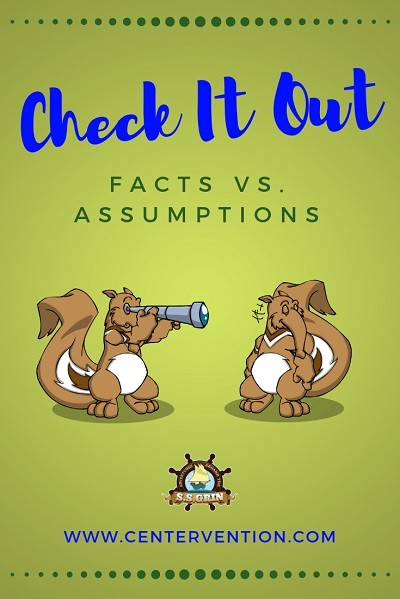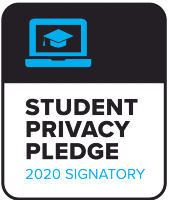Using the first critical thinking worksheet below, your students will gather evidence about what happened to a missing snack and try to avoid making assumptions.
And in the second critical thinking worksheet, students will evaluate facts based on visual information. Just like a detective, students will look at the available evidence and make conclusions using visuals from our online social and emotional skills game, Zoo U.
We know that making assumptions can be an easy way to fill in missing information, and it’s so easy that sometimes our brain does it automatically. But, making assumptions can have downsides when we let our initial beliefs become the foundation for our thinking about a person or situation. In that case, we need to learn how to apply critical thinking strategies to separate the facts from assumptions.
Bonus: The topic of facts and assumptions is the basis for scene five in our online SEL program, Adventures Aboard the SS GRIN. At the beginning of the scene, students learn that Araella is suspected of stealing the communication stone based on her suspicious behavior. First, students will listen to villagers recount the events of the day and save the notes in a journal. Halfway through the scene, the student will try to determine which of the statements are facts or assumptions. At the end of the scene, the student will present the evidence in court and allow the jury to determine if Araella is guilty. The student should ask questions that allow Araella to share her side of the story to clear up misconceptions.

Recommended Grade Level: Elementary and Middle
SEL Skill(s): Communication
Duration: 30 minutes
Materials: Critical Thinking Worksheet Printable One, Printable Two
Critical Thinking Worksheet Instructions
Explain to your students that just because someone said something, or a situation appears a certain way, doesn’t mean it’s true. A fact is something you know is true and you can prove is true. An assumption is something you think is true, but you might be wrong, or you don’t have enough evidence to prove it’s true.
Imagine this scenario: You usually have apple slices with peanut butter for snack. When you go to your backpack at snack time, your snack is not there. Your classmate, Mike, is eating apple slices with peanut butter for snack today. What happened to your snack?
To figure out what really happened, students will need to think about what’s a fact and what’s an assumption. They will read several statements and check off whether it is a fact that they know is true based on the information they’ve been given, or an assumption that could be true or not true. For example, “The snack was not in my backpack when I went to get it” is a fact, but “someone stole my snack from my bag” is an assumption that they don’t have enough evidence to support.
Making an assumption in this situation could lead to a big argument with Mike, since you’d be accusing him of stealing your snack. Wouldn’t that be embarrassing if you later realized that your Grandma just forgot to pack it?
